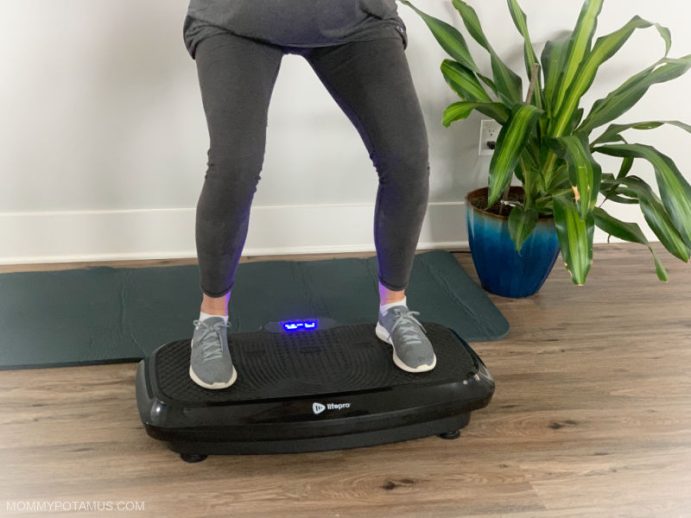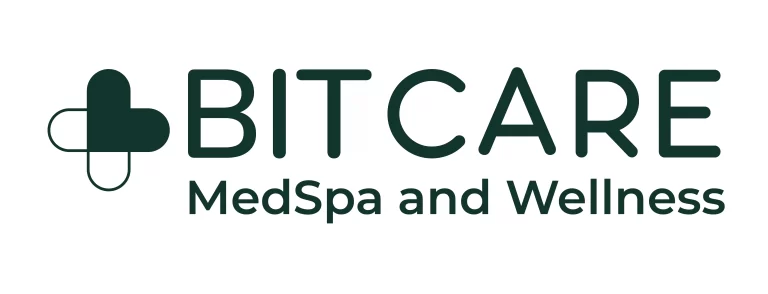
Debunking Myths About Vibration Therapy Everyone Should Know
Vibration therapy has recently gained popularity as a promising method for improving overall health and wellness. However, along with its rising fame, various myths, and misconceptions have emerged, clouding this therapeutic approach’s true potential and benefits. In this article, we will debunk these myths, providing a clear understanding of vibration therapy and its effects.
What is Vibration Therapy?
Vibration therapy utilizes mechanical vibrations to stimulate the body’s muscles and sensory receptors. These vibrations cause your muscles to contract and relax multiple times per second, mimicking the effects of exercise. It is commonly used for muscle recovery, increased flexibility, and improving overall circulation.
Common Misconceptions About Vibration Therapy
Myth 1: Vibration Therapy is Only for Athletes
Contrary to popular belief, vibration therapy is not exclusively reserved for athletes. While it has been widely used in sports for enhancing performance and recovery, it offers numerous advantages to non-athletes. Vibration therapy can help improve flexibility, reduce muscle tension, and alleviate everyday aches and pains. For instance, office workers experiencing back pain from prolonged sitting can benefit greatly from regular vibration therapy sessions.
Myth 2: Vibration Therapy is Harmful to Bones
There is a misconception that vibration therapy may harm bone density. However, scientific research has shown that the appropriate use of vibration therapy can promote bone health. The controlled mechanical vibrations stimulate bone cells, increasing bone density and improving bone strength. Proper guidance and suitable vibration intensity are crucial to ensuring the therapy’s safety.
Myth 3: Vibration Therapy is Only for Muscle Relaxation
While vibration therapy is effective for muscle relaxation, its benefits extend far beyond that. Athletes and fitness enthusiasts use vibration therapy to reduce muscle soreness and aid in recovery after intense workouts. Vibration therapy has also been employed in clinical settings to successfully manage chronic pain conditions.
Myth 4: Vibration Therapy Requires Expensive Equipment
Although some professional-grade vibration therapy devices can be costly, plenty of affordable options are available. The market offers a wide range of budget-friendly alternatives, from handheld devices to vibrating foam rollers. Moreover, certain exercises and yoga poses can mimic vibration therapy’s effects without needing any equipment.
Myth 5: Vibration Therapy is Time-Consuming
Many believe vibration therapy sessions are time-consuming, making them difficult to incorporate into a busy schedule. In reality, vibration therapy sessions can be quite short yet highly effective. Just a few minutes of targeted vibration can yield significant benefits. Moreover, integrating vibration therapy into daily routines can be a simple and time-efficient way to reap its rewards.
The Benefits of Vibration Therapy
Vibration therapy, also known as whole-body vibration or WBV, has gained popularity recently due to its potential benefits for muscle recovery, performance enhancement, increased bone density, and improved circulation.
- Muscle Recovery and Performance Enhancement: Vibration therapy involves standing, sitting, or lying on a platform that emits gentle vibrations. These vibrations cause a reflexive muscle response, triggering rapid contractions and relaxations. This continuous muscle activation helps to increase blood flow to the targeted muscles, delivering essential nutrients and oxygen.
- Increased Bone Density: Vibration therapy has shown promising results in stimulating bone growth and increasing bone density. The mechanical stress caused by the vibrations stimulates osteoblasts, the cells responsible for bone formation. This process encourages the deposition of minerals like calcium, making bones stronger and less susceptible to fractures or osteoporosis.
- Improved Circulation: The rhythmic vibrations of the platform used in vibration therapy enhance blood circulation throughout the body. As the muscles contract and relax, blood vessels dilate and contract, allowing blood to flow more efficiently. Moreover, it ensures that oxygen and nutrients are delivered to various body tissues, including organs and muscles. It can improve overall health, reduce inflammation, and enhance immune response.
Conclusion
Vibration therapy holds promise as a complementary approach to improve muscle recovery, enhance athletic performance, increase bone density, and promote better circulation. As with any health intervention, individual considerations and professional guidance should be considered to ensure safe and effective use. Moroever, schedule a consultation with a skilled skin care professional at BitCare Medspa and Wellness. You can also give us a call at +1 469-750-2273 and visit our website to explore more treatments to make some self-care love.


